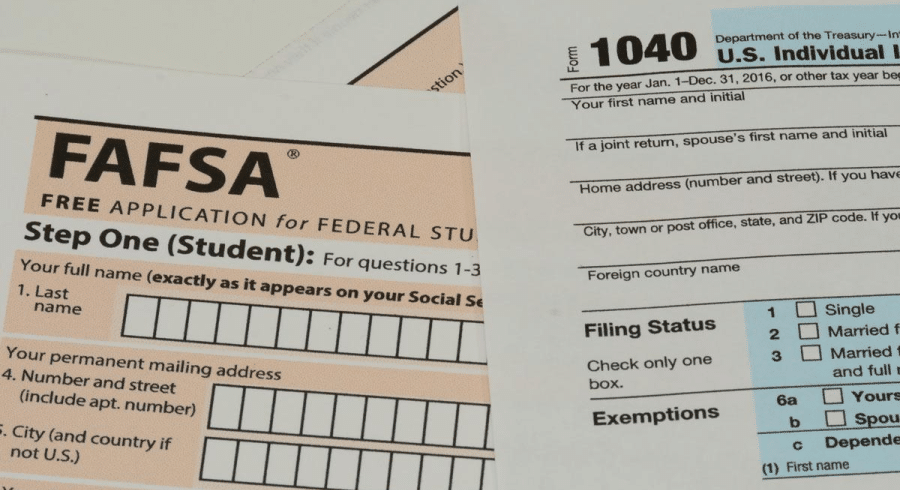As Americans increasingly rely on their 401(k) retirement plans to secure their financial future, understanding the nuances and benefits of these plans is crucial, especially for Microsoft employees and others planning their retirement savings.
What is a 401(k) plan?
A 401(k) plan is a retirement savings account funded by employees. For 2024, employees can contribute up to $19,500 (or $26,000 for those aged 50 and older) to their 401(k) accounts. These contributions can be made on a pretax basis, reducing taxable income, or through a Roth 401(k), where contributions are after-tax but withdrawals are tax-free.
Employer Contributions and Matching
One of the significant advantages of a 401(k) plan is employer matching. Employers often match a portion of employee contributions, such as 50% of the first 6% of salary contributed. This employer match enhances retirement savings significantly, subject to vesting periods that ensure employees receive full entitlement to these contributions over time.
401(k) Contribution Limits and Tax Implications
Total contributions, including employer matches, cannot exceed $61,000 in 2024. Contributions to traditional 401(k) plans grow tax-deferred until withdrawal, where they are taxed as ordinary income. In contrast, Roth 401(k) contributions are taxed upfront, but withdrawals are tax-free during retirement.
Distributions and Withdrawal Options
Withdrawals from 401(k) plans are typically penalty-free after age 59½, though early withdrawals may incur a 10% penalty. Employees leaving their jobs can roll over their 401(k) balances into an IRA or their new employer’s plan, avoiding immediate tax consequences.
Borrowing from Your 401(k)
Many plans allow borrowing against vested balances, up to $50,000 or 50% of the account balance, whichever is less. Loans must typically be repaid within five years to avoid penalties, with unpaid amounts treated as taxable distributions.
Investment Options and Flexibility
401(k) plans offer diverse investment options, including stocks, bonds, and cash equivalents. This flexibility allows employees to tailor their investments based on risk tolerance and retirement goals, ensuring a well-rounded portfolio.
Key Takeaways for Microsoft Employees
For Microsoft employees, maximizing employer matches and understanding Roth 401(k) benefits can optimize retirement savings. Consulting with a financial advisor or plan administrator can provide personalized guidance on leveraging 401(k) plans for long-term financial security.
A 401(k) plan remains a cornerstone of retirement planning, offering tax advantages, investment flexibility, and employer contributions that bolster financial futures. Whether choosing between traditional or Roth IRA options, prudent management of 401(k) plans is essential for achieving retirement goals.
Source/Disclaimer: Stock investing involves risk including loss of principal. Bonds are subject to market and interest rate risk if sold prior to maturity. Bond values will decline as interest rates rise and bonds are subject to availability and change in price. An investment in a money market fund is not insured or guaranteed by the Federal Deposit Insurance Corporation or any other government agency. Although the fund may seek to preserve the value of your investment at $1.00 per share, it is possible to lose money by investing in the fund. Diversification and asset allocation do not ensure a profit or protect against a loss. Because of the possibility of human or mechanical error by Wealth Management Systems Inc. or its sources, neither Wealth Management Systems Inc. nor its sources guarantees the accuracy, adequacy, completeness or availability of any information and is not responsible for any errors or omissions or for the results obtained from the use of such information. In no event shall Wealth Management Systems Inc. be liable for any indirect, special or consequential damages in connection with subscriber’s or others’ use of the content.
© 2016 Wealth Management Systems Inc. All rights reserved.











